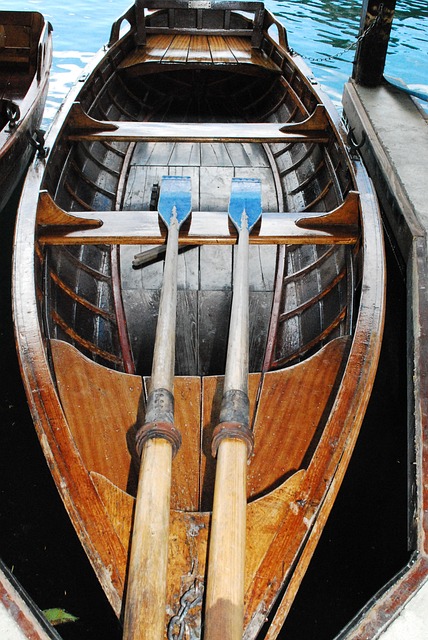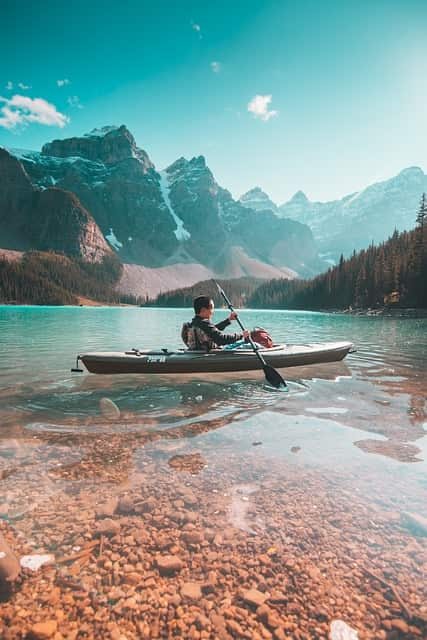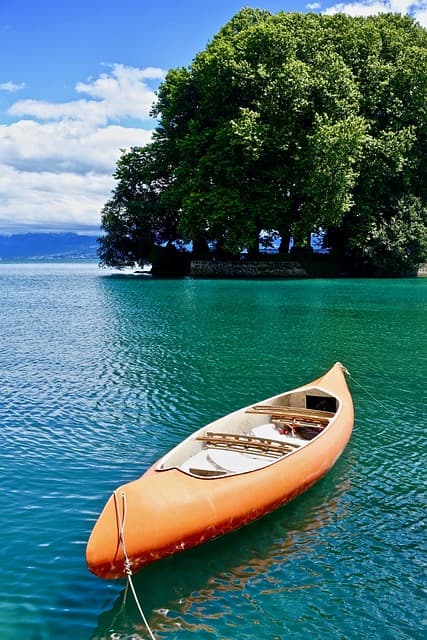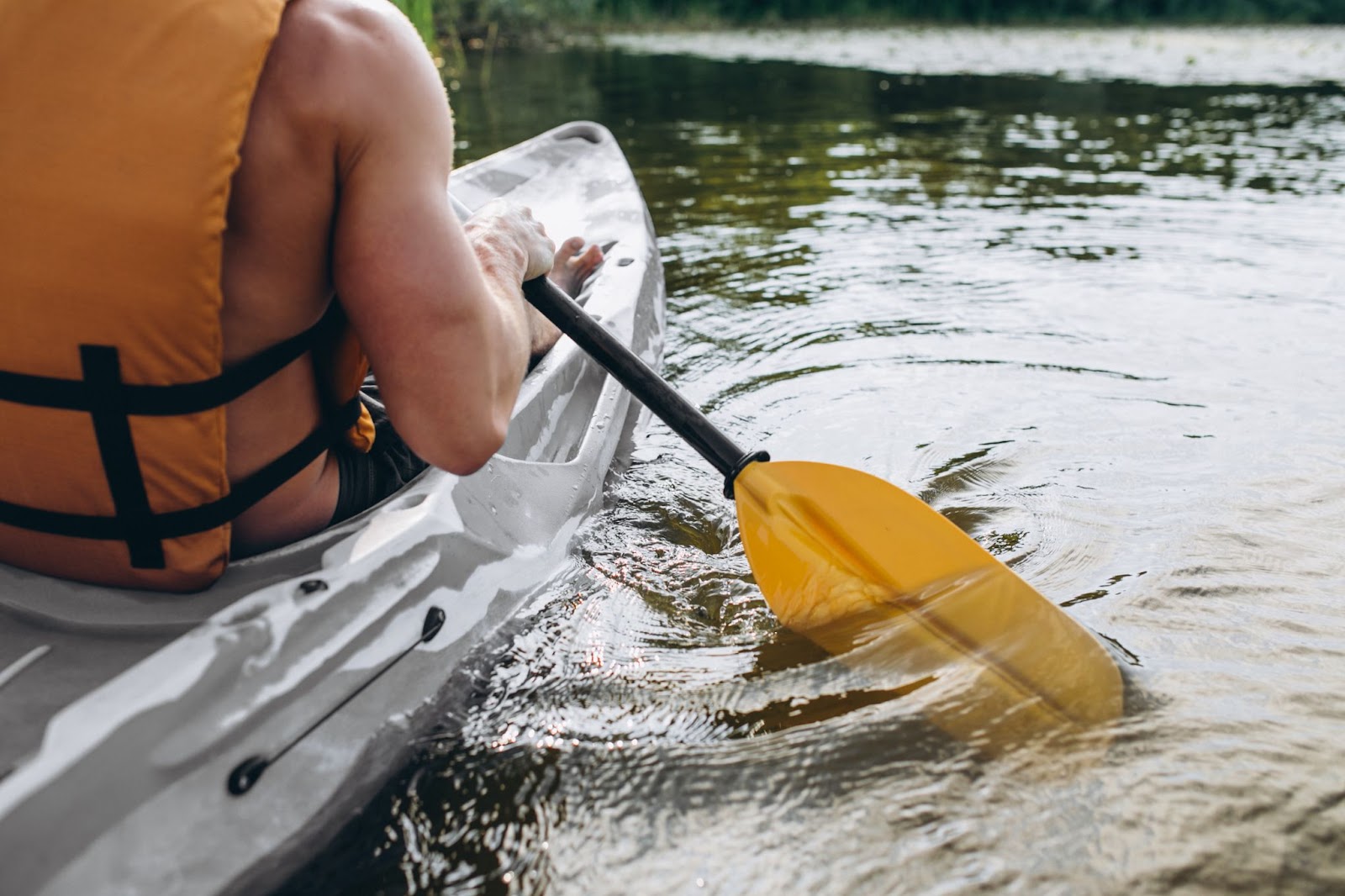Understanding regional mandates for water sports, such as kayaking and canoeing, is paramount. Dive into Oregon’s paddling protocols to ensure a safe and compliant water-bound adventure.
A Pragmatic Approach to Paddling Rules
Oregon’s administrative authorities overseeing aquatic recreations prioritize simplicity and safety.
In the Beaver State, non-motorized watercraft, such as canoes and kayaks, benefit from a registration exemption. Yet, they must be equipped with essential safety tools: a life preserver for each occupant and a potent sound-producing instrument, preferably a whistle.
The legislations extend to necessitate a “waterway access permit” for all hand-powered watercraft exceeding 10 feet. This isn’t to be confused with the standard registration.
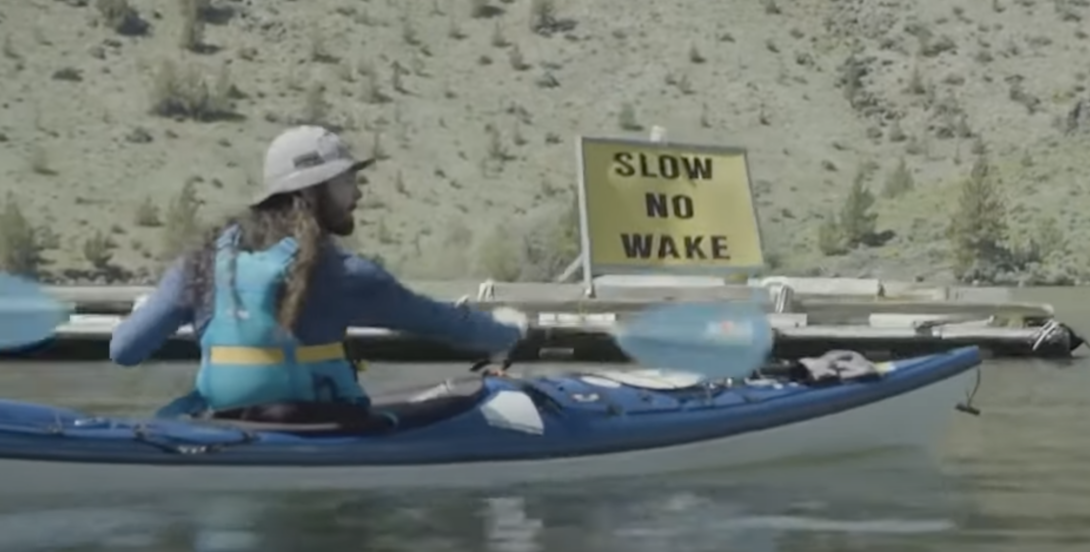
Moreover, Oregon boasts several beneficial regulations designed to safeguard every paddle enthusiast, sailor, and those engaged in recreational boating.
An Outline of Canoe and Kayak Protocols in Oregon:
- Authority at the Helm – The Oregon State Marine Board holds the responsibility for crafting and overseeing all watercraft safety standards, including those relating to paddling sports;
- Enforcement Entities – Various agencies, such as the State Police from an expansive network of 32 offices and the U.S. Coast Guard (for maritime and federal waters), ensure the adherence to these norms;
- Permit Essentials for Paddlers – While paddle-driven boats don’t need registration, any watercraft longer than 10 feet powered manually necessitates a Waterway Access Permit. Notably, youths under 14 are exempted;
- Titling Necessities – Paddling vessels, free from any motorized components, don’t require titling. However, any watercraft, irrespective of its size, fitted with a motor (electric or otherwise) must undergo the registration and titling process;
- Licensing Criteria for Paddlers – Paddle-driven watercraft, devoid of motorized aids, don’t need licensing;
- Operational Standards for Paddlers – There’s no need for any formal certification or specialized training for operating a paddle-driven watercraft, or those with motors below 25 HP;
- Who qualifies for an Oregon boating education certificate? – Those born post January 1, 1982, wishing to maneuver a motorized watercraft with more than 25 horsepower, and those aiming to operate a Personal Watercraft (PWC) need this certification;
- Power-Paddling Age and Requirements – In cases where the canoe is fitted with a high-powered motor exceeding 25 HP, a Boater Safety Certification is mandatory. If the power source is below 25 HP, or just a simple electric trolling mechanism, there’s no certification required;
- Sobriety While Steering – Navigating any watercraft, including canoes, under the influence of intoxicants is strictly prohibited. A blood alcohol level of 0.08% or beyond constitutes a violation of BUI (boating under the influence) mandates;
- Safety Gear Mandates – As a common practice, everyone aboard a watercraft in Oregon should have access to a personal flotation device.
Additionally, legal requisites for emergency equipment on paddle-driven watercraft include:
- Life Preservers: U.S. Coast Guard-approved flotation devices, suited to the user;
- Illumination Tools: White navigational lighting is essential under limited visibility conditions. Such light should be perceivable from any direction;
- Visual Alert Mechanisms: These are essential when navigating coastal waters between sunset and sunrise;
- Auditory Alert Devices: Typically, an emergency whistle potent enough to produce a loud sound.
Is a License Essential for Canoeing or Kayaking in the Pacific Northwest State?
In the Pacific Northwest State, while you need to register a craft with a propulsion system (be it battery-operated or fuel-driven), vessels like canoes and kayaks that rely solely on manual power do not need such formalities. Furthermore, if a canoe or kayak owned and registered in another jurisdiction ventures into this state’s waters and remains less than 60 days, no additional registration or titling is required.
Titling Queries for Canoes and Kayaks in the Pacific Northwest State
Interestingly, many states, including our Pacific Northwest State, have exempted manually powered boats from the titling process. Yet, for those desiring an added measure of protection, there’s an option to voluntarily title a canoe or kayak, potentially deterring theft.
Motorized Canoeing or Kayaking: What’s Needed in the Pacific Northwest State?
In the Pacific Northwest State, if your canoe or kayak is equipped with a motor, be it electric or otherwise, you are mandated to both register and title your vessel. Every motor-driven watercraft, even those with minimal power like trolling motors, must be duly registered.
Motorized and Manual Canoe/Kayak Operating Guidelines in the Pacific Northwest State
Wondering about the age stipulation in the Pacific Northwest State for handling a canoe with a motorized component? For manually operated vessels, age is not a restriction. However, when it comes to motorized canoes or kayaks, the following criteria apply:
- To steer a motorboat, you should be at least 12 years old;
- If aged between 12 and 15, a boating education card is a must;
- For boats with a power of 10 hp or less, this card is essential unless accompanied by an adult cardholder;
- For operating a boat exceeding 10 hp, direct supervision by an individual aged 16 or older, holding a boater education card, is mandatory;
- For personal watercraft operations, the presence of an adult aged 18 or above, having the boater education card and capable of taking charge, is required;
- For obtaining the necessary boating certification for motorboats, consider accessing the official Pacific Northwest State’s boating safety course.
Sobriety and Boating in the Pacific Northwest State
Curious about alcohol consumption while maneuvering a canoe in this state? It is crucial to know that boating under influence is prohibited. If a sailor has a blood alcohol concentration (BAC) of 0.08% or beyond, they are labeled ‘intoxicated.’ Importantly, any substance, even prescribed drugs or legal narcotics, causing impaired functioning, can lead to charges if a sailor doesn’t clear a field sobriety assessment.
Essential Equipment for Safe Boating in the Pacific Northwest State
Each jurisdiction has its prerequisites concerning safety measures. Although many are proficient swimmers, wearing a PFD (personal flotation device) continuously is a prudent practice.
While navigating the waters of the Pacific Northwest State, what are the indispensable tools for legality and safety? Here’s a list:
- Life Jacket: Every individual on the watercraft should have an easily accessible PFD, falling under Type I, II, or III categories or a wearable Type V;
- Throwable Flotation Devices: Not a requisite for kayaks or canoes;
- Manual Bailing Device: Though not obligatory, possessing one is highly advisable;
- Visual Distress Signals (VDS): Only mandatory if your vessel is on coastal territories;
- On coastal or federally managed waters post-sunset, a minimum of three nighttime VDS or combined day/night signals like flares are essential;
- This VDS norm is applicable if nocturnal activities are undertaken on waters;
- Navigation Lights: Manual watercrafts, during dusk to dawn operations, should either be anchored or have a brilliant white lantern to avert collisions;
- Audible Signals: In the Pacific Northwest State, canoes and kayaks must carry a potent sound-producing instrument, with the human voice not qualifying as a substitute.
Fire Safety Equipment for Kayaks
While watercrafts like canoes and kayaks are exempted from carrying fire extinguishers, it’s noteworthy that the presence of such safety devices, though not mandated, could be beneficial in certain circumstances.
The Significance of Locator Devices
Though not mandated, Emergency Locator Beacons are essential pieces of equipment that can offer canoeists and kayakers peace of mind. Such devices are paramount for ensuring safety, particularly when venturing into unfamiliar or remote waters.
Life Jacket Protocols in the Pacific Northwest
All watercrafts, regardless of their size, must have a Type I, II, or III US Coast Guard-approved flotation apparatus for every individual on board. A crucial stipulation: youngsters below the age of 13 are mandated to wear these life vests at all times in the vessel. It’s essential to ensure that these devices are in optimal condition, easily accessible, and appropriately sized for the wearer.
Sound Signal Instruments as per Pacific Northwest Maritime Guidelines
Boats within this region, whether powered or not, are required to possess a distinct sound-producing instrument. Whistles and powered horns are acceptable, but simply shouting isn’t. While air horns or similar devices are options, whistles tend to be preferred due to their compact size, affordability, and reliability.
Illumination Standards for Canoes and Kayaks
Do watercrafts necessitate specific lighting in this region? When navigating an unpowered vessel after sunset, a prominent white lantern, visible from all directions, is mandatory. Furthermore, any anchored craft should display a white light that’s discernible from every angle unless they’re in a designated mooring space. Moreover, to enhance visibility, it’s suggested that red/green bow lights be used.
Pacific Northwest Fire Safety Standards for Watercrafts
While fire extinguishers aren’t mandated for canoes and kayaks, in the rare event a fire ignites, the immediate vicinity – the water – provides an accessible solution.
The Beauty of Paddling in the Pacific Northwest
The region, with its vast scenic beauty, offers enchanting water trails. One notable trail is the Willamette River, a 187-mile stretch that stands as a significant river in the continental US.
Paddling: Some Intriguing Tidbits
For those curious about popular paddling locations, the statistics are enlightening. A significant number of North American paddlers, about 59%, prefer lakes, with rivers (45%), oceans (19%), ponds (16%), and streams (15%) following. As for the duration, while a whopping 77% of paddlers opt for day excursions, adventurous souls, constituting 11%, choose extended voyages ranging from three days to several months, with most lasting 3-6 days.
Final Thoughts
Navigating the waters of the Pacific Northwest requires a keen understanding of various safety guidelines and protocols. From mandatory life jackets for youngsters to the recommended use of locator beacons, these regulations and suggestions ensure that your paddling experience remains both enjoyable and safe.
The Pacific Northwest, with its scenic vistas, offers an unparalleled paddling experience, making adherence to these guidelines not just a matter of compliance but also of ensuring memorable and safe aquatic adventures.
